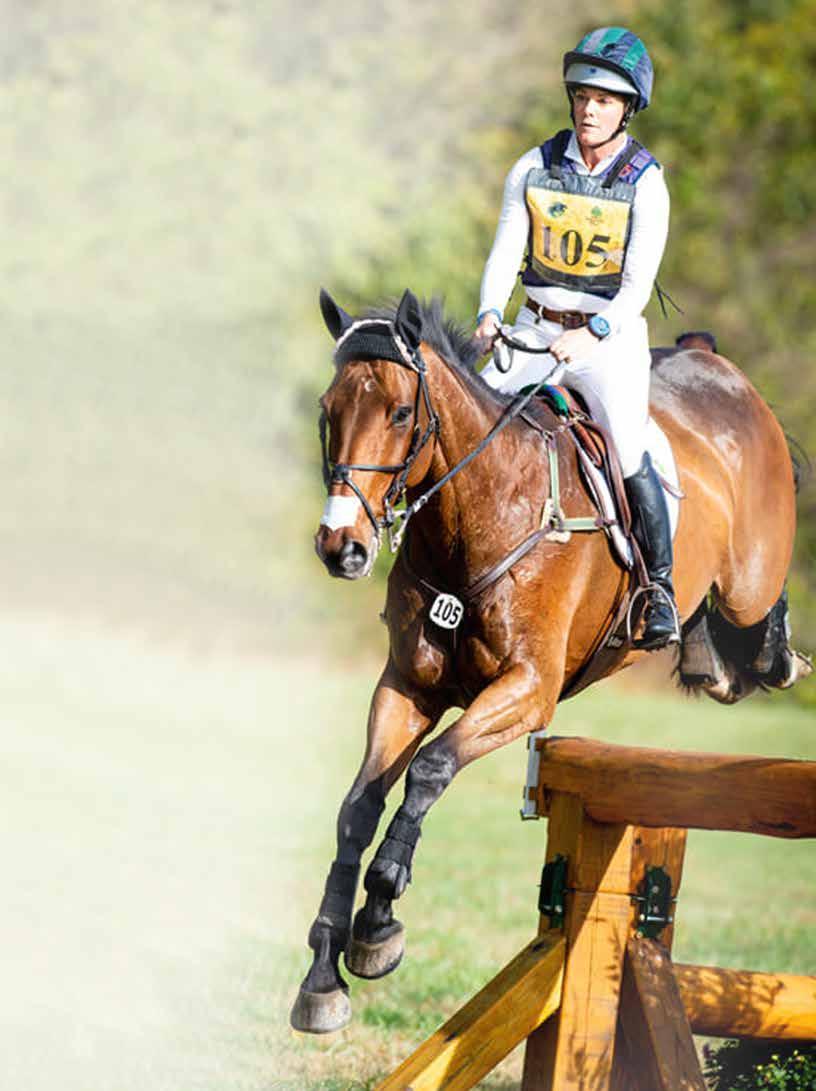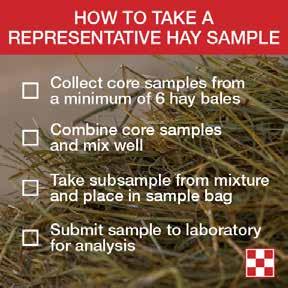tion within the following year.” Although a specific level of antibody that confers protection in horses has not been defined, a level 0.5 IU/mL works well as the threshold in humans and dogs. It is likely similar in horses, he said. In a recent JAVMA-published study, Dr. Wilson and colleagues found that revaccination of previously vaccinated, non-pregnant horses, resulted in titers that persisted above the 0.5 IU/mL threshold for at least 2 to 3 years.
“This antibody lasts a long time,” he said. He did caution, however, that even though the titers may present 1 side of the story, horses that are vaccinated for rabies less often than once yearly are not considered to be properly vaccinated from a public health standpoint. “If that horse bites a person and the public health authorities are notified as they should be,” he said, “then that horse will likely be quarantined.” MeV
For more information: Harvey AM, Watson JL, Brault, et al. Duration of serum antibody response to rabies vaccination in horses. J Am Vet Med Assoc. 2016 Aug 15;249(4):411-8. doi: 10.2460/javma.249.4.411. PMID: 27479286 https://avmajournals.avma.org/doi/full/10.2460/javma.249.4.411?url_ver=Z39.88-2003&rfr_id=ori:rid:crossref. org&rfr_dat=cr_pub%20%200pubmed
Identifying Cyathostomin Burdens A new antigen may be important in accurately identifying cyathostomin burdens when combined with previously identified cyathostomin antigens in an enzyme linked immunosorbent assay (ELISA) detecting cyathostomin-specific IgG(T) antibodies in horse serum. This 3-antigen cocktail is being used to develop a commercial test to detect all stages of the small redworm life cycle, including the encysted larval phase. Until now it has not been possible to test for encysted small redworm as fecal egg counts only detect the presence of egg-laying adult worms. The researchers obtained cyathostomins from naturally infected horses, which had been collected for other research projects, and used them to experimentally infect horses. Then they collected sera from these animals at various stages of infection and compared these samples with those taken from horses that did not have helminths. The researchers wanted to define serum immunoglobulin G(T) responses to 2 antigens from the most common species. They tested 3 cocktail combinations: Cy-GALA proteins from 2 species and a Cy-CID protein from a third species (CT3); Cy-GALA proteins from 5 species (CT5); all CT5 components, plus a CyCID protein from an additional species (CT6).
The best predictive values for infection were obtained using CT3 and CT6, with similar values achieved for both. There are only 2 active ingredients licensed in the United States to treat encysted small redworm. To protect their effectiveness, targeted treatment programs will help ensure that the dewormers are only administered when needed, according to Jacqui Matthews, PhD, FRSB, FRCVS, RCVS, chief Technology Officer at Roslin Technologies in Edinburgh, Scotland, and the inventor of the test. Blood test results with historical fecal egg count results and assessment of grazing management would provide more information to enable veterinarians to make decisions about treating an individual horse or group, according to the researchers. MeV
Encysted cyathostomin larvae in the gut wall of an infected horse
Right now, the small redworm blood test is only available in the United Kingdom from Austin Davis Biologics in Scotland. https://www.austindavis.co.uk/small-redwormblood-test.
For more information: Tzelos T, Geyer KK, Mitchell MC, et al. Characterisation of serum IgG(T) responses to potential diagnostic antigens for equine cyathostominosis. Int J Parasitol. 2020 March 12 https://www.sciencedirect.com/science/article/abs/pii/S0020751920300382 ModernEquineVet.com | Issue 6/2020
15






